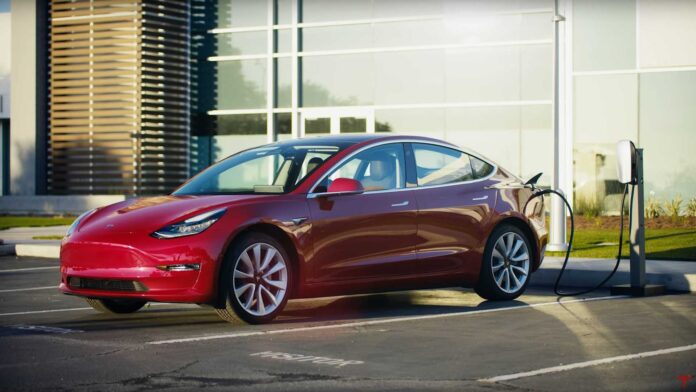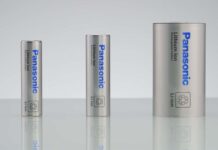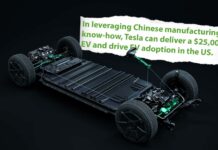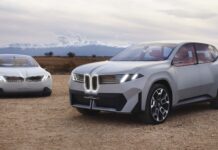[ad_1]

There’s no secret recipe for retaining a perfect 100 percent of your electric car’s original range after racking up those miles, at least not yet. But with some TLC and by sticking to the basics, EV owners can restrict battery degradation to a minimum over time.
For the entry-level rear-wheel-drive Tesla Model 3 with the lithium iron phosphate (LFP) battery, one of the best ways to minimize battery degradation, according to Tesla, is to fully charge to a 100 percent at least once every week.
But would that really ensure the best range retention? How does battery health vary when you charge regularly to 80 percent instead of 100 percent? And what’s the average degradation percentage in Model 3’s LFP battery? Some owners weighed in through a Reddit thread to help answer these questions.
Before that, here’s some essential battery information: LFP batteries are generally more affordable and have a longer charge cycle compared to NMC (nickel-manganese-cobalt) counterparts, making them more suitable for entry-level models like the rear-wheel-drive Model 3.
In recent years, carmakers have moved away from metals like cobalt for certain use cases due to ethical reasons. LFP batteries, despite being less energy-dense and delivering a comparatively lower range, have become quite popular due to their cost-effectiveness. Tesla uses CATL’s LFP batteries for the standard Model 3 and Model Y globally.
Moving on, dozens of owners of the LFP-battery-equipped Model 3 seem pretty darn happy with their EVs. It seemed like 10- to 12-month-old Model 3s experienced similar degradation levels – of roughly two percent – across myriad use cases ranging from charging to 80 or 100 percent daily or just once a week.
Multiple owners echoed that battery age was more of a factor in degradation than the number of miles driven, at least in the initial few years. Note that factors like driving style, climate, maintenance, and charging pattern are among several reasons that will impact the long-term range of your EV.
That said, for one owner, the maximum range was down by 2.2 percent after having driven over 20,000 miles.
Model 3 LFP, bought in January 2023. 21,504 miles, full charge shows a 266-mile range over the original 272-mile range, 2.2 percent degradation. I live in an apartment, so I charge to 100 percent whenever possible, and don’t stress about it. I’ve been very happy with the performance and battery retention. I really appreciate that the battery is statistically longer lasting, the fact that it is safer and doesn’t use conflict minerals is a great bonus too. @TechSupportTime (via Reddit)
However, there were some exceptions. Older models naturally had more degradation, with this owner saying his Model 3 lost nearly five percent range in two years:
2022 RWD LFP. 85,000 miles. [Bought the Model 3] about two years ago (Nov 2021). The current max range is 259 miles. So about 4.8 percent degradation. Daily charge to 100 percent but most of the time I use the car within 30 minutes from when it finishes the charge (So the car doesn’t sit at 100 percent long). @tontot
It’s also possible that, for some owners, the battery management system (BMS) may not have displayed the true range due to calibration inaccuracies and shifting voltage within individual cells, according to the data logging app Tessie. But the BMS can be easily recalibrated by letting the range drop to under 10 percent for an hour and then recharging to 100 percent. This allows the system to reset and show a more accurate range, as per Tessie.
Nine-month-old [Model 3] RWD with 13,684 miles. Charge to 100 percent five days per week and Tessie says I have 2.3 percent degradation. I don’t worry about it and nor should you… do what the manual says and enjoy the car. The BMS is smart and the battery will be just fine. @krdell
Dozens of other owners have shared advice for extracting the maximum range from the Model 3’s LFP battery over time. Whether you’re an early adopter or a newcomer, you might have some takeaways from these drivers who’ve already clocked thousands of miles on their EVs.
[ad_2]
Source link













